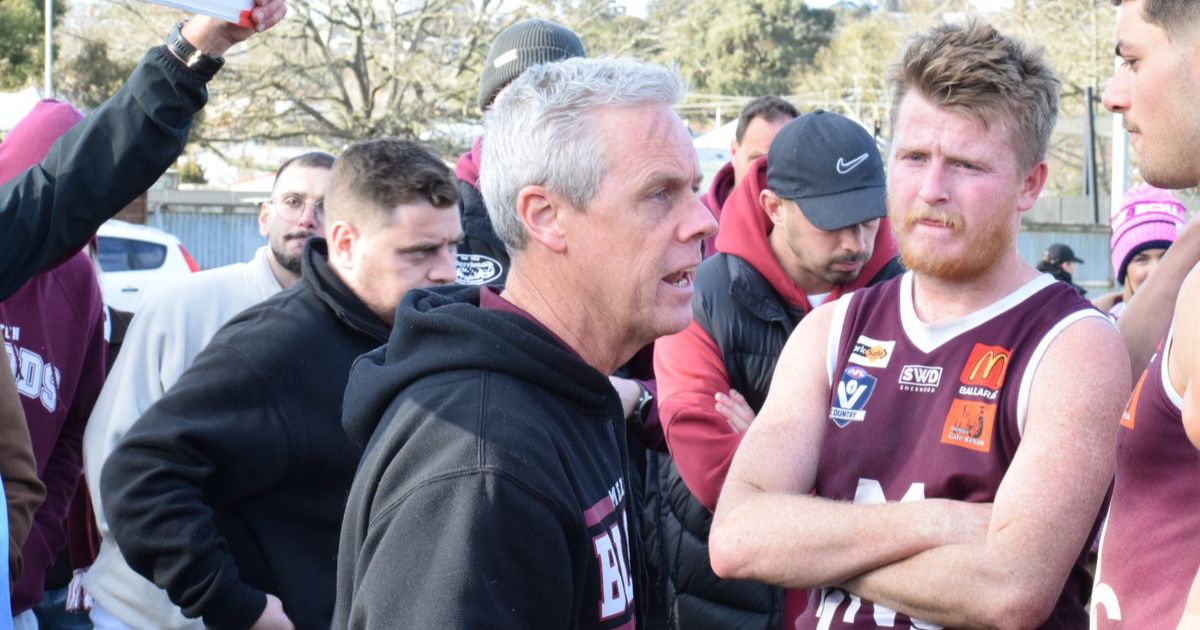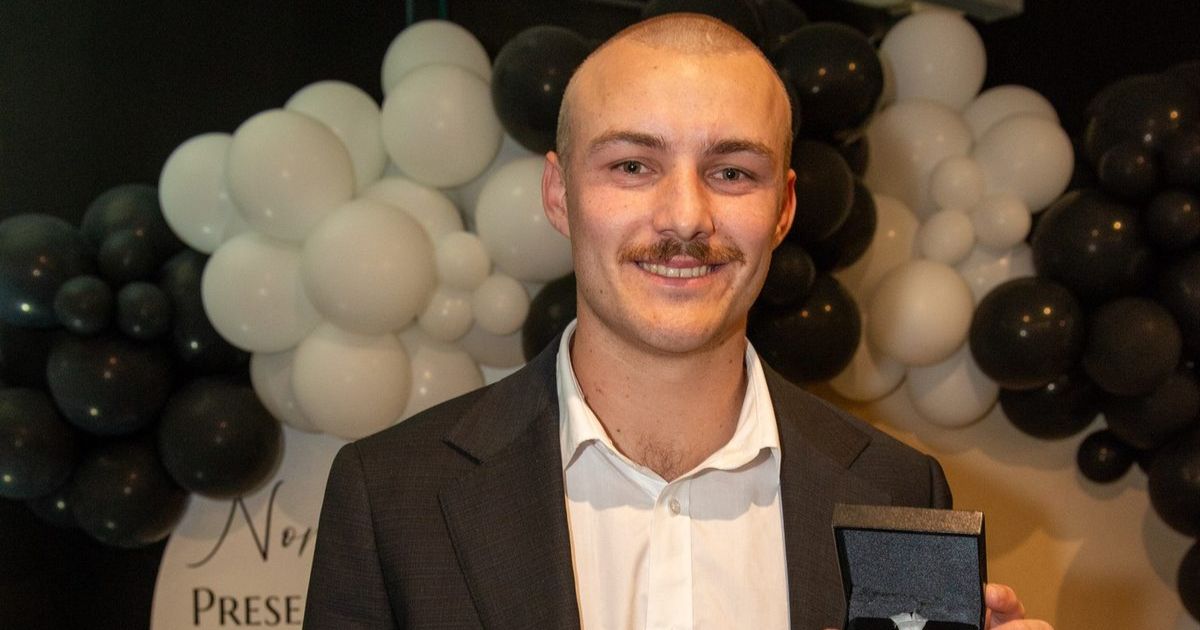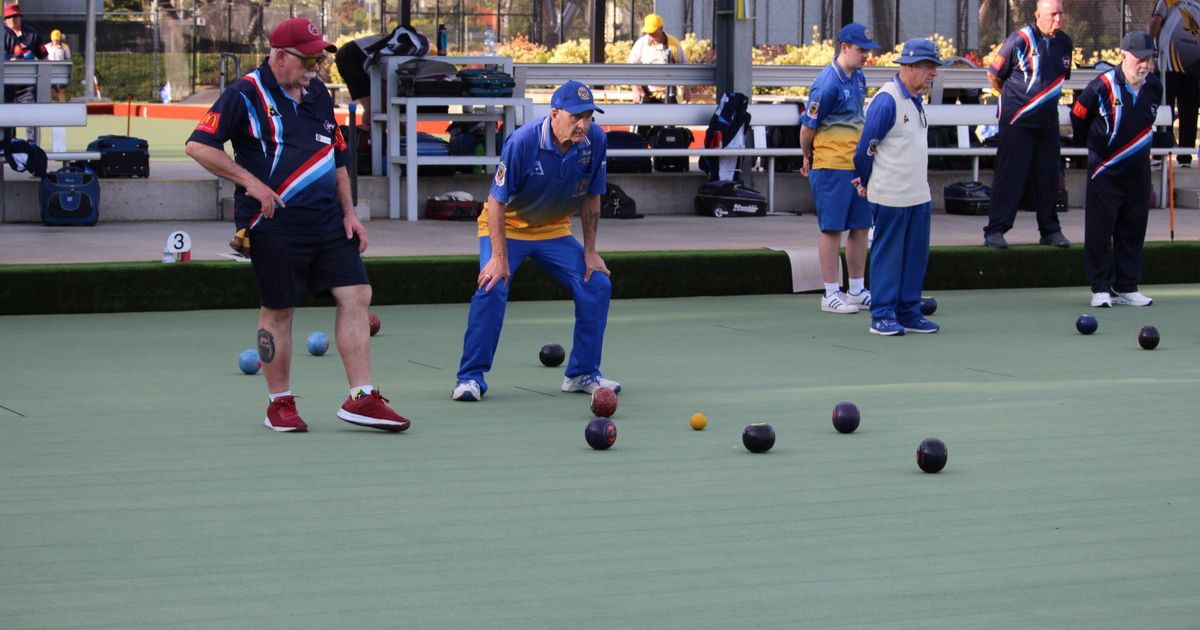Ballarat City celebrates rowing milestone

Red Gum Shield: Ballarat City members in a smoky, bushfire haze after winning the Murray Rowing Association’s at the two-day Rutherglen Regatta in January. Photos: SUPPLIED
WITH one hundred and fifty members, Ballarat City Rowing Club is marking its one hundred and fiftieth year in 2020.
Life member, former secretary and Masters rower, Kate Elliott has been with BCRC for almost 50 of those years.
Passionate about Ballarat City and the sport, she’s working on a history project for this significant anniversary, ballaratcityrowingclub150years.com.
On this blog, Mrs Elliott is aiming to write stories from BCRC’s 150 years in 150 days, and there are a few highlights.
“In 1864, Robinson McLaren worked out that they could cut the reeds at Lake Wendouree and find deep water in the swamp,” she said.
“The Wheatsheaf Hotel was on the corner of Exeter Street, opposite where the present club is. Robinson McLaren, the publican and his brother took a punt that was moored up there, pushed it out, and they decided they could move rowing from Burrumbeet to Lake Wendouree.”
The swamp started to dry up in 1865. Reeds were burnt off before “serious” floods in late-1869. In 1870, Lake Wendouree refilled and was a “perfect sheet” of water for rowing.
In November of 1870, a notice was printed in the newspaper inviting potential rowers to express interest in joining Ballarat City.
“There was a boatshed there that had been built by the Alabama Rowing Club which folded, so they rented that, moved in, and the club’s been on that site ever since, with a few changes of shed,” Mrs Elliott said.

A BCRC crew was sent to the first Intercolonial Fours Race in Footscray, 1873.
“All the colonies sent crews. We were a brand-new club and had only been going for two years. Sydney were the favourites in the press, but it turned out City came second to Melbourne Rowing Club.
“The course on the Yarra was four miles. They’d never rowed in anything like it, but were presented with silver cups for coming second, only 10 seconds behind Melbourne,” Mrs Elliott said.
“They were a new club and they almost won the Intercolonial Fours.”
Through the 1880s, captain Peter Cazaly – the great uncle of footballer, Roy Cazaly – coached all crews in the club’s most successful, pre-federation years.
Lots of silverware was won, including the Sunbury Challenge Cup in 1884 for Senior Fours at Ballarat Regatta.

“Another highlight came in the 1920s when we had three rowers in the King’s Cup eight in Western Australia, which was amazing,” Mrs Elliott said.
“A Ballarat eight challenged the selected eight for the state crew, and beat them, so three members of our club got to go to WA.”
In 1950, the rowing shed built in 1932 burnt down. This is one of the reasons Mrs Elliott has been proactive in recording the club’s past, alongside her husband, Danny, a former captain, president rower and coach at Ballarat City.

“After the fire, we didn’t know the early history. Everything was burnt… boats, oars, equipment, trophies… and all that was left were the stumps in the lake,” she said.
BCRC worked to rebuild ahead of the 1956 Melbourne Olympic Games. Its rowing events were held on Lake Wendouree, and ten countries were hosted by the club during the competition.

Women rowed as Begonia City Ladies Rowing Club out of Ballarat City from August, 1971.
“There were about 15 rowers, and a lot came from the nurses’ home. They used the men’s equipment, did a few fundraisers, and purchased their own set of blades which are still at the club.
“In 1979, myself and three other girls still rowing as Begonia City amalgamated with Ballarat City, and we became the first women on the committee of the Ballarat City Rowing Club,” Mrs Elliott said.
Australian rowers, James McKee, Tim Wise, Rachael Taylor and Anthony Edwards came out of BCRC.
A five-time Olympian, Edwards learnt to scull at the club from 1990, coached by Danny Elliott until 1997.

Through the noughties, the drought meant the Ballarat City shed could be renovated from the lake floor up, before the basin refilled and members returned.
A major leadership milestone came in 2019, with first female president, Sue Peacock elected.
Reflecting on her involvement in the 70s, 80s and 90s, Mrs Elliott said she “lived, ate, slept and dreamt rowing” at Ballarat City.
Training six or seven days a week, most of her family rowed there, too.
“I was a teacher, would finish work at 4pm, go up to the lake, row or coach, come home, get dinner, get up and do it all again,” she said.
“The rowers spent so much time with one another, and we were a smaller group back then, so we remained really good friends and supported one another, like a large family. We still keep in touch.
“I consider the lake as my second home and the Ballarat City Rowing Club as my extended family, so it’s been a privilege to record the club’s achievements for posterity.”


















